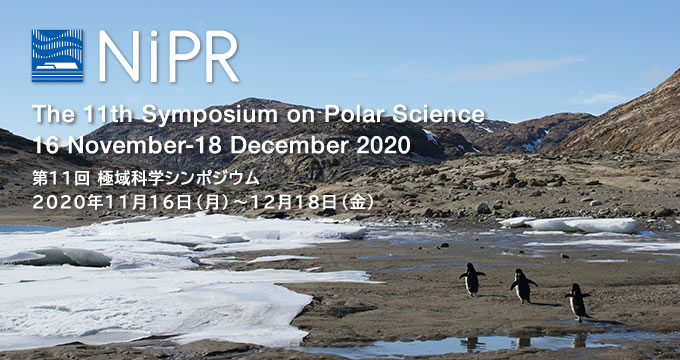



Earth's lower, middle, and upper atmosphere interact with one another through various kinds of vertical coupling processes induced by waves, physical and chemical processes, and energy input from the sun and magnetosphere. It compelled us to deal with the earth's atmosphere comprehensively, so that a new concept of "whole atmosphere" was recently introduced to the atmospheric research community. In the Antarctic, the first MST (Mesosphere-Stratosphere-Troposphere)/IS (Incoherent Scatter) radar has been operated since 2011 as a part of the JARE (Japanese Antarctic Research Expedition) phase VIII and IX prioritized projects. These projects aim at detecting climate change signals in each layer of the Antarctic atmosphere and exploring vertical coupling processes between these layers through the coordinated observations including the MST/IS radar in the Antarctic. These backgrounds stimulated us to propose this "whole atmosphere" session. Viewpoints of both aeronomy and meteorology, and related interdisciplinary studies, are essential to understanding a wide altitude region from the troposphere to the thermosphere. This session provides an opportunity to present and discuss observational, theoretical, and modeling studies focusing on a variety of phenomena in each layer or across multiple layers of the earth's atmosphere.